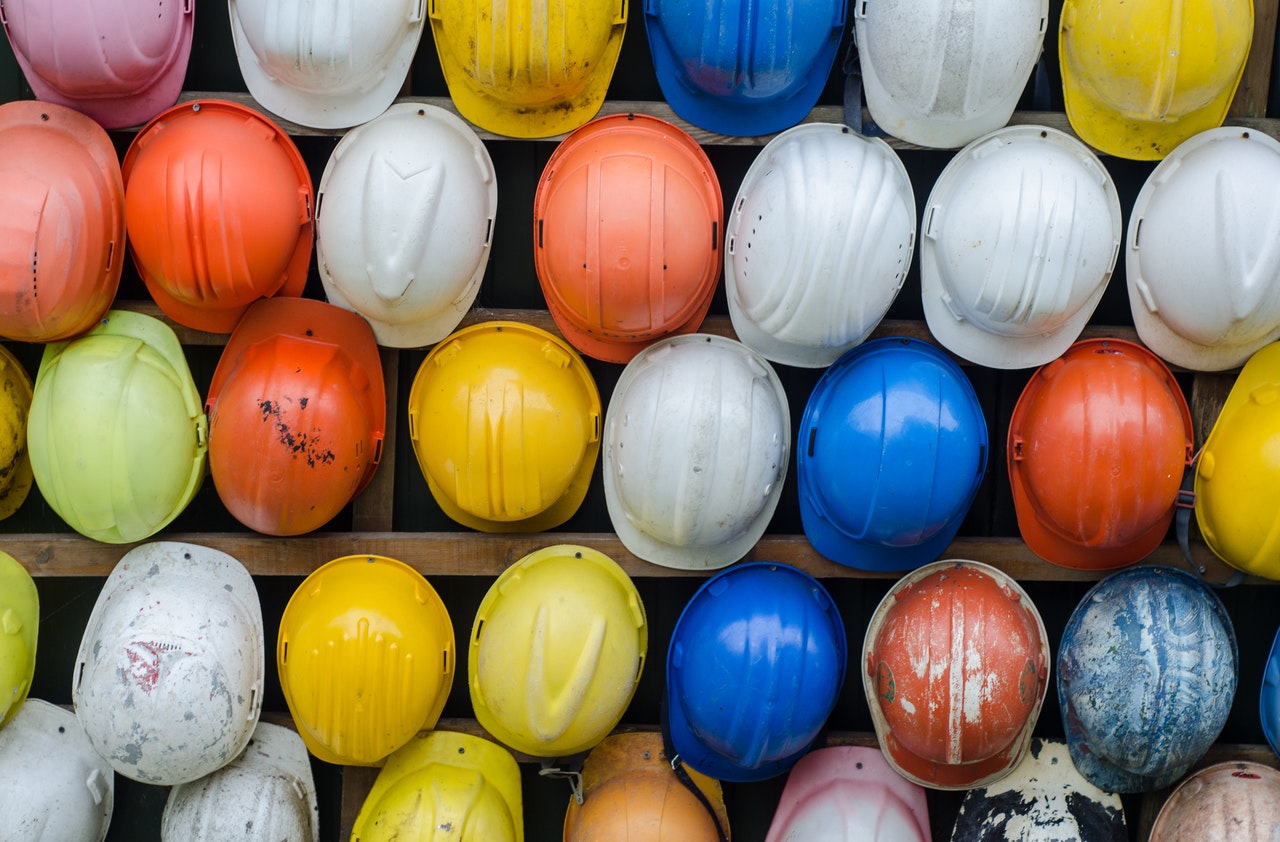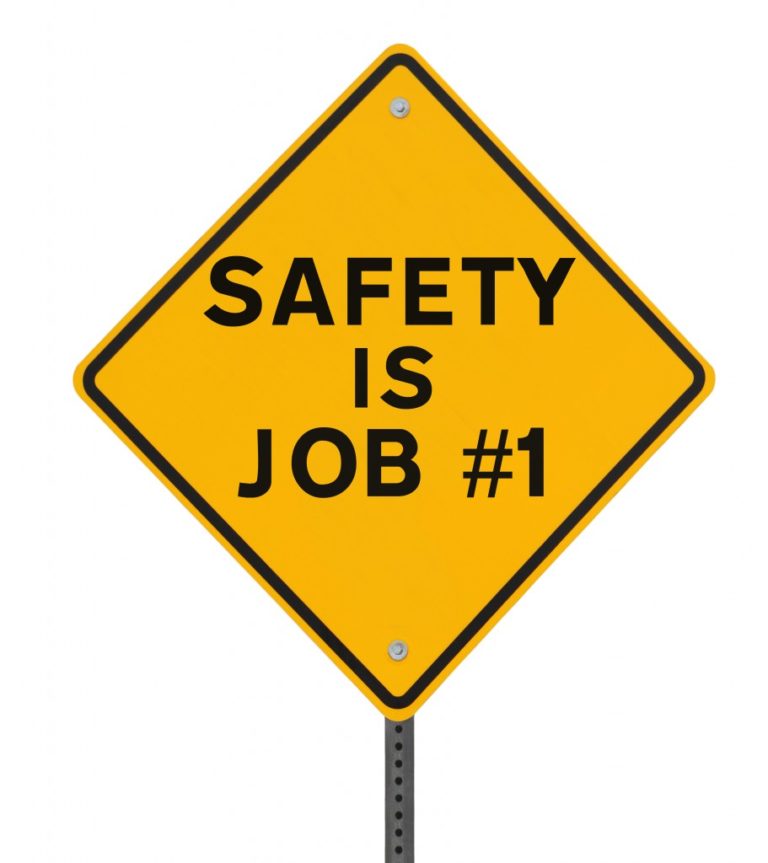The health and safety of workers should be the top priority of every employer, whatever the industry. However, certain industries are riskier than others. One of those inherently risky industries is oil and gas. Its risks cannot be removed entirely, no matter the advancements in technology.
Oil and gas industries use big and heavy equipment, such as boilers, cranes, and submersible dewatering pumps, among many others. Workers are exposed to life-threatening hazards that vary from electrical, chemical to mechanical. Worksites are also very labor-intensive, making it riskier for its workers.
While the causes of deaths in different industries are almost the same, the fatality rate in the oil and gas industry is much higher. Before you can establish safety procedures, it is important to identify the sources of hazards in the workplace first. Here are some common risks in the oil and gas industry.
Transportation
Highway and traffic accidents are common across many industries. It is also the top cause of work-related death for oil and gas employees. The irregular working hours and work sites on unpaved roads are among the main factors that cause these road accidents.
Oil and gas companies should establish safety policies that protect their employees from these hazards. Driver fatigue, distraction, and road conditions are among the hazards that they should look out for. Company vehicles should be appropriate for the worksite. They should also be properly serviced and regularly maintained. Having drivers on different shifts can also help address the problem of driver fatigue.
Fires and Explosions
The oil and gas industry is filled with fire and explosion hazards. Flammable vapors from wellbores, generators, production equipment, and holding tanks, when ignited, can start a fire. Other fire hazards on oil and gas sites include open flames, hot works, idling equipment and engines, hydrogen sulfide, variable weather conditions, and static electricity.
To reduce these risks, constant monitoring of the weather conditions and the humidity and temperature must be done. There must be shutdown systems, alert systems, hazardous gas detectors, intake flame arrestors, and spark arrestors in the worksite to reduce the risks to your employees and equipment too.

Impact and Contact Injuries
With big and heavy equipment, vehicles, overhead cranes, and high-pressure lines, among many others, in oil and gas sites, they contribute to the occurrence of impact and contact injuries. Next to transportation injuries, impact and contact injuries come in at second for most fatalities.
Alarms, pressure checks, signs, and physical barriers can help prevent accidents by making the workers more aware of their surroundings. Make sure that there are appropriate signs where there are hazards and that they are highly visible. Machine guarding can help prevent workers from being drawn into and crushed by equipment or getting stuck in between moving parts.
Hazardous Environment
The working environment for the oil and gas industry is hazardous itself. The hazards range from confined spaces to outdoor sites. People also need to work around storage tanks, wellheads, and mud pits. From flammable vapors, asphyxiation, and entrapment, workers need to contend and be aware of these risks.
Falls
Just like in any industry, working in heights can present many risks. Workers in oil and gas extraction sites may be required to access pieces of equipment located at certain heights. People working at heights must utilize complete and proper PPE as well as harnesses and safety nets.
OSHA requires workplaces to have fall protection, such as guard rails and toe boards at elevations at least four feet for general industries and eight feet for long shoring operations.
Oil and gas facilities must be evaluated regularly to ensure that no risk is overlooked. Risks can change, and safety protocols must also be assessed and updated regularly. Proper training and information dissemination can also help in ensuring the safety of every worker.




